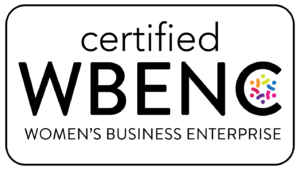What happens to elementary school bullies? In some cases, they grow up to be adult bullies who lurk in offices and workspaces doing what they’ve always done—tormenting their targets.
According to the Workplace Bully Institute (WBI), workplace bullying is defined as “repeated, health-harming mistreatment by one or more employees of an employee; abusive conduct that takes the form of verbal abuse; or behaviors perceived as threatening, intimidating, or humiliating; work sabotage.”
The WBI also found in a 2021 study that 30% of employees are bullied in the workplace with 43% of remote workers enduring the same experience. Bullying can result in qualified employees’ high absenteeism, lost productivity, lost revenues, and high turnover.
While harassment at work is illegal, bullying is not because harassment involves mistreatment based on a protected class such as religion, race, national origin, or sex.
Workplace bullying takes on many forms including but not limited to:
- Hostile or aggressive written and/or verbal communication
- Withholding resources
- Unrelenting criticism
- Invasion of personal space
- Non-verbal intimidation
Often times, the bully is the target’s manager but the behavior can also occur among peers.
If you are bullied at work,
- Address the situation in the moment
- Say exactly what he/she is doing to you and why it’s a problem
- Call the bully by name and use self-assured body language
- Document all incidents including how you responded
- Retain all emails, voice mail, and other communications
- Present your documentation to human resources. Your documentation should include suggestions on how you would like to see the issue resolved
Through company culture and policies, this offensive and unacceptable behavior can be eradicated.
In the comments below, let us know if you’ve experienced bullying in the workplace and how you handled it.






